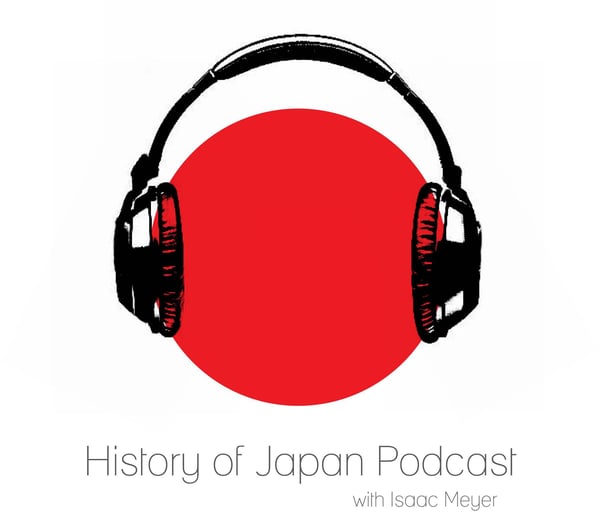Episode 557 - The Gods March Overseas, Part 3
History of Japan
Isaac Meyer
4.8 • 744 Ratings
🗓️ 13 December 2024
⏱️ 38 minutes
🧾️ Download transcript
Summary
This week: Taiwan was the first overseas territory annexed by Japan with a large existing population. So how did the government's policies on religion--and especially Shinto--help shape the nature of Japanese colonial rule there? And how did those policies evolve as Taiwan's own place in the empire changed?
Show notes here.
Transcript
Click on a timestamp to play from that location
| 0:00.0 | Hello and welcome to the history of Japan podcast, episode 557, The Gods March Overseas, Part 3. |
| 0:25.9 | In 2001, a Shinto shrine was erected in a very unusual place, Taipei, which is not, in fact, by the way, pronounced Taipei. |
| 0:35.3 | That's an artifact of an older system of romanizing Chinese. |
| 0:40.0 | Anyway, Taipei is the northernmost and largest city on the island of Taiwan. |
| 0:46.7 | Taiwan, of course, has a long and fascinating history all its own, very little of which has to do with Japan. |
| 0:53.2 | It had been a peripheral outpost of the once mighty dynasties of Imperial China, the last |
| 0:59.2 | marker on the road out of civilization and into the wide open ocean inhabited by barbarians. |
| 1:05.1 | It had also been the home of the last outpost of ethnic Han Chinese rule during the rise of China's last |
| 1:12.5 | imperial dynasty, the Qing, a dynasty formed by nomadic peoples called the Manchu, who |
| 1:18.5 | are more closely related to the Mongols than to the Han Chinese majority. |
| 1:24.4 | Taiwan had been the last outpost of the Ming Dynasty loyalists, loyalists to the previous |
| 1:29.1 | dynasty who held out for decades under the rule of the pirate turned General Koksinga, |
| 1:35.3 | who by the way was half Japanese on his mother's side. |
| 1:39.3 | Kokeshinga's government on Taiwan, one could perhaps even call it some sort of renegade province, |
| 1:45.6 | did eventually fall, and oh boy, let me tell you there are plenty of folks in Beijing today |
| 1:50.5 | who make great hay from that historical analogy. |
| 1:55.0 | Once Taiwan was returned to the rule of the new mainland dynasty of the Qing, it remained |
| 2:00.1 | a fairly sleepy backwater, |
| 2:02.3 | divided between a Han Chinese settler population living on the coast and an Aboriginal population |
| 2:07.8 | that was not at all Chinese. They were descended from Austronesian seafarers who arrived in |
| 2:13.7 | the area thousands of years earlier. The Han Chinese population would always remain very small relative to the size of the island |
| 2:21.6 | for the entirety of the Qing dynasty period. |
... |
Please login to see the full transcript.
Disclaimer: The podcast and artwork embedded on this page are from Isaac Meyer, and are the property of its owner and not affiliated with or endorsed by Tapesearch.
Generated transcripts are the property of Isaac Meyer and are distributed freely under the Fair Use doctrine. Transcripts generated by Tapesearch are not guaranteed to be accurate.
Copyright © Tapesearch 2025.

